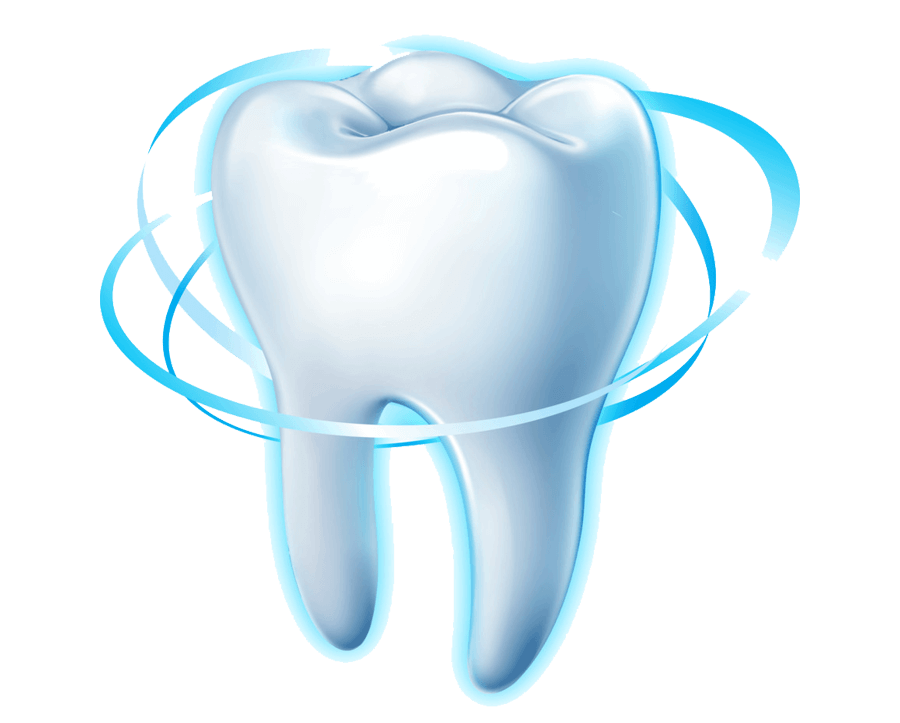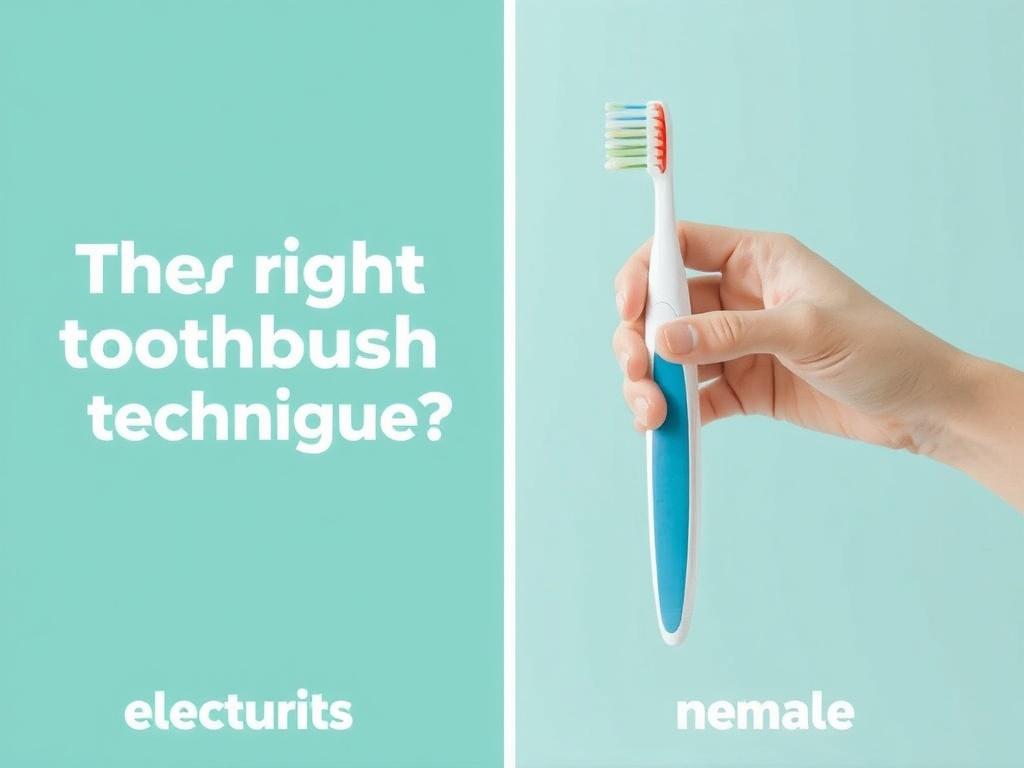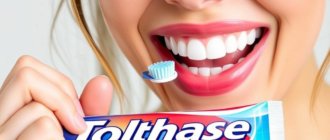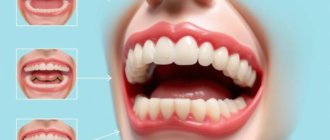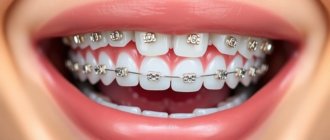Choosing how to brush your teeth might sound like a small decision in the large theater of everyday life, but it’s one of those quiet choices that affects your health, confidence, and even your wallet. Do you go for the humming, flashy electric toothbrush or the reliable manual brush you’ve known since childhood? Both have fans, evidence, and a set of pros and cons. In this article I’ll walk you through everything you need to know—practical technique, scientific findings, cost considerations, environmental impact, and how to pick the best option for different ages and dental situations—so you can decide with confidence. I’ll keep things simple, conversational, and practical so you can immediately put what you learn into practice at the sink.
Содержание
- 1 Why the debate matters: It’s about more than just clean teeth
- 2 Electric toothbrushes: What they offer
- 3 Manual toothbrushes: Still a strong contender
- 4 How the science compares: What studies say
- 5 Technique: How to brush properly with either tool
- 6 Comparative table: Electric vs Manual
- 7 Special situations: Who benefits most from an electric brush?
- 8 How to choose the right brush head and bristle firmness
- 9 Beyond brushing: The full oral hygiene toolkit
- 10 Common mistakes and how to avoid them
- 11 Cost considerations: What you’ll pay over time
- 12 Environmental impact: Thinking beyond the sink
- 13 Kids and brushing: Creating good habits early
- 14 Practical tips for integrating brushing into your life
- 15 When to consult your dentist about your brushing technique
- 16 Frequently asked questions
- 17 Choosing based on personality and lifestyle
- 18 Practical buying checklist
- 19 Real-life scenarios: Which brush for whom?
- 20 Final practical steps you can take today
- 21 Conclusion
Why the debate matters: It’s about more than just clean teeth
Most people think brushing is straightforward: apply toothpaste, scrub, rinse. But effective oral hygiene is a blend of technique, frequency, the right tools, and small daily habits. The difference between a routine that prevents cavities and gum disease and one that leaves plaque behind often lies in technique and consistency. The electric versus manual toothbrush discussion matters because one tool can make good technique easier or more reliable, while the other can be just as effective if used correctly. Also, personal comfort and motivation matter: if a tool encourages you to brush longer and more consistently, that can matter more than what a study averages say.
What dentists really care about
Dentists and hygienists focus on removing plaque effectively and protecting the gums and enamel. Plaque causes cavities and gum inflammation; if left to harden, it becomes tartar and is much harder to remove. Gentle, thorough brushing twice a day for two minutes, combined with flossing once daily, is the core advice. The debate about electric versus manual is really about which tool helps people achieve that core goal more consistently and safely.
Electric toothbrushes: What they offer
Electric toothbrushes come in two main types: oscillating-rotating heads and sonic/vibrational heads. Oscillating models rotate back and forth, while sonic brushes vibrate at high frequency to create fluid motion that helps dislodge plaque even beyond where the bristles touch. Many electric brushes include timers, pressure sensors, and quadrant reminders to help you spend two full minutes brushing and keep pressure gentle.
Electric brushes often appeal to people who dislike brushing, those with limited manual dexterity, and anyone who wants a bit of technological help in forming healthy habits. They can be particularly effective for children and older adults, and for people wearing braces.
Benefits of electric toothbrushes
- Built-in timers encourage brushing for the recommended two minutes.
- Pressure sensors reduce risk of brushing too hard, which can cause gum recession and enamel wear.
- High-frequency motion can dislodge plaque more effectively with less conscious effort.
- Helpful for people with limited mobility (arthritis, tremors) or with orthodontic appliances (braces).
- Often feels more motivating and “high-tech,” which can increase compliance in children and adults.
Limitations and things to watch with electric brushes
Electric brushes are not magic. If you rush, neglect flossing, or use an aggressive brushing pattern, you can still damage gums and enamel. Chargers and replacement heads add cost. Also, if you press too hard despite a sensor, or use abrasive toothpaste, you can still experience wear. Finally, some people may find the sensation unpleasant or noisy, which can reduce their willingness to brush properly.
Manual toothbrushes: Still a strong contender
A manual toothbrush, when used correctly, is perfectly capable of removing plaque and maintaining healthy gums. Manual brushes are inexpensive, portable, and available in many sizes and bristle textures. The key with manual brushes is technique and time: you need to spend the recommended two minutes, reach all tooth surfaces, and use gentle, effective strokes.
Benefits of manual toothbrushes
- Low cost and readily available anywhere.
- Easy to pack for travel; no chargers needed.
- Many choices in bristle firmness and head size to fit different mouths.
- Full control over brush movements and pressure.
- Environmentally, some manual options (bamboo toothbrushes) have a smaller plastic footprint.
Limitations and things to watch with manual brushes
Manual brushing requires consistent technique. People often rush, brush too forcefully, or use a horizontal scrubbing motion that misses the gum line and cleans less effectively. Those with limited dexterity or braces may find it challenging to reach all areas thoroughly. Without a timer or feedback, many people fall short of the two-minute mark.
How the science compares: What studies say
58f91378c17bc649ec8447c698e6c775.jpg
Clinical studies and systematic reviews generally show that electric toothbrushes—particularly oscillating-rotating models—provide a small but consistent advantage over manual brushes in reducing plaque and gingivitis. The advantage is often described as clinically significant over time, especially when people use them correctly. Sonic brushes also show benefits in certain trials.
That said, the difference is not enormous. The biggest predictors of oral health outcomes are brushing frequency, technique, and flossing habits. If a person uses a manual brush properly twice a day for two minutes and flosses daily, their results can match those of an electric toothbrush user who brushes poorly. Essentially, electric brushes can make it easier to achieve good results, but proper manual brushing is fully capable too.
Technique: How to brush properly with either tool
Technique matters more than the choice between electric or manual. Below are clear, step-by-step instructions you can use with either brush type. Follow these and you’ll be in the top tier of oral hygiene.
Proper technique for manual brushing
- Choose a soft-bristled brush with a head that fits your mouth comfortably.
- Squeeze a pea-sized amount of fluoride toothpaste onto the bristles.
- Hold the brush at a 45-degree angle to the gum line.
- Use short, gentle strokes—about the length of one tooth—moving from gum to tooth surface. Avoid harsh horizontal scrubbing.
- Brush all outer surfaces, inner surfaces, and chewing surfaces of every tooth. Spend about 30 seconds on each quadrant of the mouth to reach two minutes total.
- For inner front teeth, angle the brush vertically and use gentle up-and-down strokes.
- Rinse your mouth and brush after use, and replace your brush every three months or when bristles become frayed.
Proper technique for electric brushing
- Apply a pea-sized amount of fluoride toothpaste on the brush head.
- Place the brush against the teeth and gum line, holding it at a 45-degree angle. Let the brush do the work—do not scrub.
- Move the brush slowly from tooth to tooth, holding it on each surface for a few seconds. Most models have quadrant timers that beep or pause every 30 seconds.
- Brush all outer, inner, and chewing surfaces. Use a vertical orientation and small strokes for the inner front teeth.
- Be gentle near the gum line and prosthetics. If your model has a pressure sensor, heed it to avoid excessive force.
- Rinse and replace brush heads every three months, or sooner if bristles splay.
Comparative table: Electric vs Manual
| Aspect | Electric Toothbrush | Manual Toothbrush |
|---|---|---|
| Effectiveness | Generally superior in plaque removal and reducing gingivitis (small but consistent advantage) | Equally effective if technique is correct and brushing is thorough and regular |
| Ease of use | Easier for people with limited dexterity; built-in timers help ensure two-minute brushing | Requires conscious attention to technique and timing |
| Cost | Higher upfront and ongoing cost (charger, replacement heads) | Low cost; economical to replace when needed |
| Environmental impact | More plastic and batteries/charging required; recycling options limited | Some eco-friendly options exist (bamboo handles, recyclable packaging) |
| Travel convenience | Needs charger or charged battery; bulky travel cases available | Very portable and simple—easy to replace if lost |
| Ideal users | Those wanting extra help with technique, children, people with braces, those with reduced manual dexterity | People comfortable with manual technique, travelers, budget-conscious users |
Special situations: Who benefits most from an electric brush?
There are groups who see particularly strong advantages from electric toothbrushes:
- Children: Many kids respond well to the novelty, timers, and ease of electric brushes. Parents also can monitor and guide brushing more easily.
- Older adults or people with arthritis: Cushioned handles and reduced need for scrubbing make electric brushes easier to manage.
- People with braces or orthodontic appliances: Electric brushes can reach around brackets and wires more effectively in many cases.
- Those prone to gum disease: Electric brushes, with proper use, can reduce gingivitis more effectively than many people achieve with manual brushing alone.
How to choose the right brush head and bristle firmness
Brush heads come in different sizes and bristle textures. Here’s how to choose:
- Head size: Pick a compact head that fits easily into your mouth and reaches back teeth comfortably.
- Bristle firmness: Choose soft bristles. Medium and hard bristles can wear the enamel and damage gums over time.
- Special heads: Some electric models offer gum care heads, sensitive heads, or orthodontic heads—choose based on comfort and dental needs.
- Replace heads regularly: Every three months or when bristles fray; sooner if you’ve been ill.
Beyond brushing: The full oral hygiene toolkit
Brushing alone is important but not enough. Plaque hides between teeth and below the gum line, so complementary steps are essential for complete oral health.
Daily essentials
- Floss once a day to remove plaque between teeth.
- Use interdental brushes if gaps are wide or if you have implants or bridges.
- Consider a mouthwash with fluoride or antimicrobial properties if recommended by your dentist.
- Maintain a balanced diet low in frequent sugary snacks and acidic drinks.
Regular professional care
See your dentist regularly for check-ups and professional cleanings. A dental hygienist can remove tartar that cannot be brushed away, and your dentist can spot early signs of cavities or gum disease. Professional advice also helps tailor brushing technique and tool choice to your oral health needs.
Common mistakes and how to avoid them
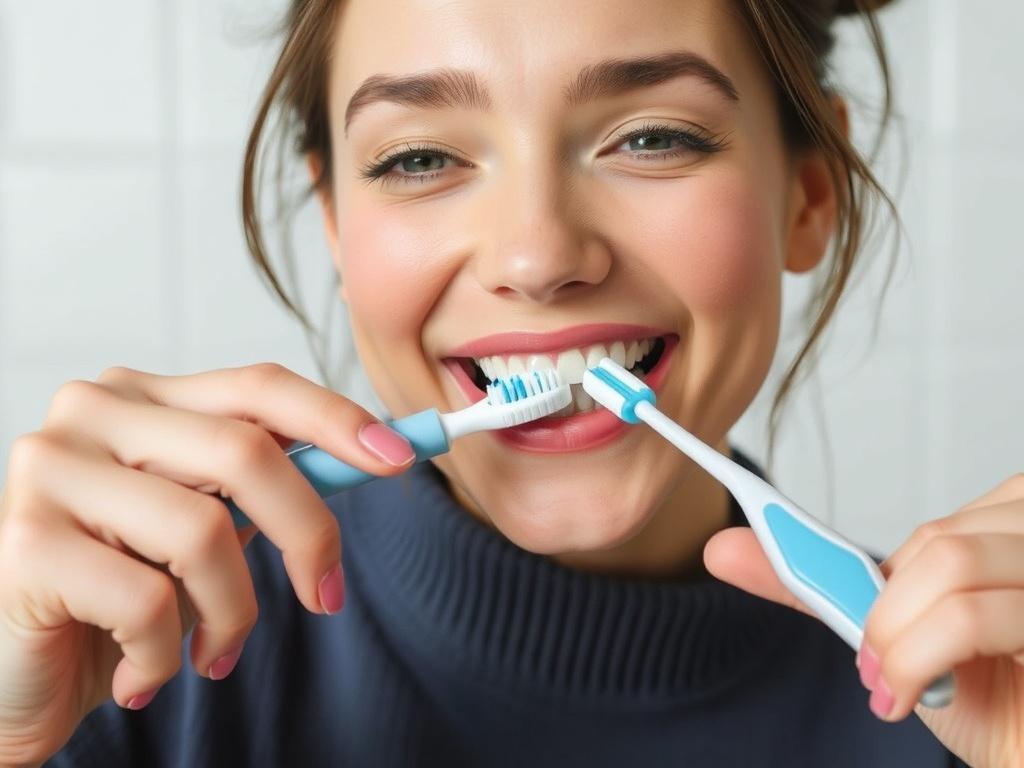
People often make small but impactful mistakes that reduce the effectiveness of brushing. Here’s a list of mistakes and practical fixes:
- Rushing: Many people brush for less than one minute. Use timers or apps, or hum a tune for two minutes.
- Brushing too hard: This can cause gum recession. Use soft bristles, and let an electric brush’s pressure sensor guide you.
- Scrubbing horizontally: This misses the gum line. Hold the brush at 45 degrees and use short, gentle strokes.
- Neglecting inner surfaces: Inner fronts are often missed—tilt the brush vertically to reach them.
- Skipping floss: Brushing alone can’t remove plaque between teeth—make flossing a daily habit.
Cost considerations: What you’ll pay over time
An honest look at cost helps you make a practical decision. Here’s a simple breakdown:
- Manual brush: $1–$10 every three months depending on brand and whether you choose eco-friendly options.
- Electric toothbrush: $30–$300 for the handle, plus $5–$20 per replacement head every three months.
- Accessories: Travel cases, chargers, and app subscriptions can add cost for electric models.
Over a few years, a mid-range electric toothbrush may cost several times a manual brush. But if it helps you avoid dental problems that require fillings or periodontal treatment, it could be cost-effective in the long run.
Environmental impact: Thinking beyond the sink
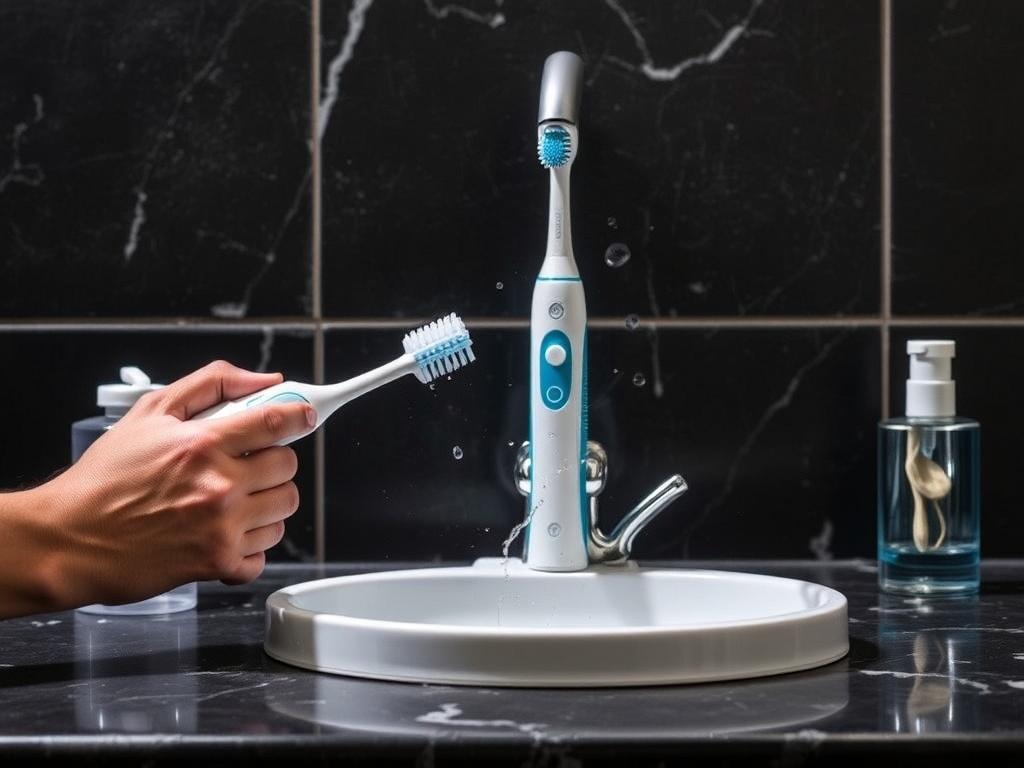
If sustainability matters to you, consider environmental factors:
- Manual brushes (plastic) contribute to plastic waste. Bamboo toothbrushes offer a biodegradable handle alternative, though bristles often remain plastic and need removal before composting.
- Electric brushes are more resource-intensive (electronics, batteries, plastic). Replacement heads also add to waste.
- Some brands offer recycling programs for brush heads and handles. Look for take-back or recycling options and check local recycling guidelines.
A thoughtful approach: choose a manual bamboo brush if you dislike electronics and want minimal environmental impact, or choose an electric brush with a brand that offers recycling and uses longer-lasting battery tech if you benefit from the tools it provides.
Kids and brushing: Creating good habits early
Teaching kids to brush properly sets them up for a lifetime of better oral health. For children:
- Start early: Clean baby gums with a soft cloth, move to a soft-bristled child toothbrush once teeth emerge.
- Choose fun electric brushes for motivation, or colorful manual brushes paired with a two-minute song to encourage duration.
- Supervise and assist brushing until they have the coordination—often around age 7–8.
- Use pea-sized fluoride toothpaste for kids and follow pediatric dentist guidance for fluoride levels and timing.
Practical tips for integrating brushing into your life
To make twice-daily brushing truly stick, try these pragmatic tips:
- Keep your toothbrush visible—out of a drawer—to make the step automatic.
- Pair brushing with another habit, like morning coffee and bedtime reading, to create a routine cue.
- Track habits with an app or calendar that gives small rewards or streaks—many electric toothbrushes have companion apps that do this.
- Travel with a spare manual brush as a backup. For electric brush owners, consider a travel charger or a battery-powered backup.
When to consult your dentist about your brushing technique
If you notice bleeding gums, persistent bad breath, tooth sensitivity, or if your gums appear to be receding, it’s time to check in with your dentist. These signs can mean you’re brushing too hard, missing hidden plaque, or that other dental issues need attention. Your dentist or hygienist can demonstrate the correct technique, recommend a brush type, and suggest professional treatments if necessary.
Frequently asked questions
Is an electric toothbrush always better than manual?
Electric brushes often provide an advantage in plaque reduction and gingivitis in clinical studies, but a manual brush can be equally effective with correct technique and commitment. The best brush is the one you will use correctly and regularly.
Are sonic toothbrushes better than oscillating ones?
Both types show benefits. Oscillating-rotating brushes have strong evidence for plaque and gingivitis reduction; sonic brushes also perform well and may offer advantages in fluid dynamics around the teeth. Choose based on comfort, price, and personal preference.
How often should I change my toothbrush or brush head?
Replace every three months or sooner if bristles fray or after an illness. Worn bristles are less effective.
Do pressure sensors really help?
Yes, for people who press too hard. Sensors provide immediate feedback that often reduces harmful force and protects gums and enamel.
What about brushing technique if I have braces?
Electric brushes with orthodontic brush heads and interdental brushes can be very helpful. Careful cleaning around brackets and wires and regular flossing (or use of a water flosser) is essential.
Choosing based on personality and lifestyle
Your personality and daily life can guide the best choice:
- If you love gadgets and want reminders to brush properly, an electric toothbrush with an app may fit you.
- If you travel frequently and value light packing, a manual brush or a compact battery-powered toothbrush could be better.
- If you tend to rush or forget, an electric brush with a timer and audible cues can help form better habits.
- If you care deeply about reducing plastic waste, a bamboo manual brush with removable bristles may align with your values.
Practical buying checklist
Before you buy, consider this quick checklist:
- Comfort: Does the handle feel good and does the brush head fit your mouth?
- Functionality: Does it have a timer, pressure sensor, or multiple cleaning modes you find useful?
- Cost: Can you afford the initial investment and replacement heads?
- Durability: Is the battery life and build quality suitable for your needs?
- Support: Does the brand offer recycling programs, warranties, or good customer service?
Real-life scenarios: Which brush for whom?
To make the choice practical, here are a few scenarios:
- Busy professional who values efficiency: A mid-range electric toothbrush with a timer can ensure consistent cleaning in a hectic schedule.
- Student on a budget: A quality manual brush and consistent technique can be highly effective and affordable.
- Parent of young children: A fun electric brush may encourage the child to brush regularly, with parental supervision until they’re coordinated enough to do it alone.
- Elderly person with arthritis: An electric brush reduces the need for precise wrist movement and can make brushing easier and more effective.
- Eco-conscious consumer: Choose a bamboo manual brush and look for brands with recyclable packaging or take-back programs.
Final practical steps you can take today
If you want to level up your oral hygiene starting now, try these steps:
- Commit to brushing twice daily for two minutes—set a timer or use an app.
- Switch to a soft-bristled brush if you’re using medium or hard bristles.
- Practice the 45-degree angle and gentle short strokes or let your electric brush do the motion for you.
- Start flossing daily and consider an interdental brush if you have gaps or implants.
- Check with your dentist at your next visit for personalized recommendations based on your dental health.
Small changes that have big effects
It’s surprising how small shifts—brushing two full minutes, replacing a worn brush, or adding floss—can shift your oral health dramatically. Don’t let the electric versus manual debate distract you from these fundamentals. Pick a brush that suits you and then focus on consistent, gentle, effective technique.
Conclusion
Both electric and manual toothbrushes can keep your teeth healthy when used correctly; electric brushes often make it easier for many people to achieve consistent two-minute, gentle cleaning and can offer advantages for children, people with braces, and those with limited dexterity, while manual brushes remain effective, inexpensive, and more environmentally flexible if you choose sustainable materials—ultimately the best choice depends on your comfort, budget, lifestyle, and commitment to proper technique and daily flossing, so pick the tool that helps you brush properly every day and keep regular dental check-ups.
